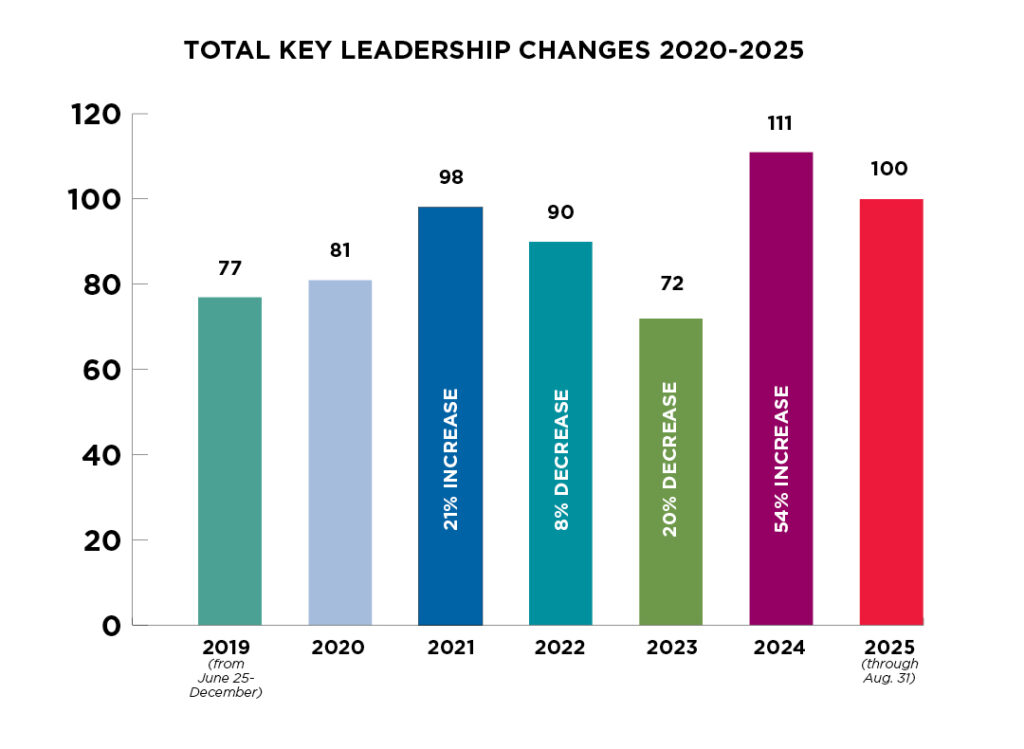One Big Question: What’s behind the slowdown in manufacturing?

JOE GARDYASZ Jul 22, 2016 | 11:00 am
5 min read time
1,177 wordsBusiness Record Insider, ManufacturingEconomic indicators this year indicated weakness in the manufacturing sector. Local experts weigh in on why that is and what Iowa manufacturers can expect next.
The data:
U.S. manufacturing recently reached its weakest point since 2009, according to the Markit Flash U.S. Purchasing Managers Index, which measured a nearly growth-neutral 50.8 in April. The Markit Manufacturing Purchasing Managers’ Index, which reached a low of 32 in January 2009, measures the performance of the manufacturing sector and is derived from a survey of 600 industrial companies.
And the Iowa Leading Indicators new orders index decreased to 50.0 in May, from 51.1 in April and 51.0 a year ago. That index, produced by the Iowa Department of Revenue, measures the share of purchasing managers in Iowa reporting increases in orders received for manufacturing output.
Another set of leading indicators, the Creighton University Mid-America Business Conditions Index, indicated weakness for Iowa’s manufacturers as well. The June Business Conditions Index for Iowa slipped to 50.3 from May’s 53.2. A reading of 50 is considered growth-neutral; over the past several months the index has indicated the Midwest manufacturing sector, like the national index, has experienced anemic business conditions.
Industry group: Slowdown won’t persist in Iowa
Mike Ralston, president, Iowa Association of Business and Industry
Just as is being seen by their counterparts in the rest of the country, some Iowa manufacturers are experiencing a softening in their business. However, based on comments shared by Iowa Association of Business and Industry manufacturing members at a meeting held in May, there are a few factors that are helping to lessen the blow of a weakening business cycle.
1) Most Iowa manufacturers are carrying little or no significant debt. Cash flow isn’t a problem.
2) Many Iowa manufacturers have a backlog of orders and have been running multiple shifts. A bit less pressure allows them to catch up.
3) There is data to suggest that a slowdown will not be long-term. There is hope for increased activity soon.
Even in this time of slowing growth, the refrain of manufacturers at this meeting was the need for more people. No matter the industry, size of company or location in the state, Iowa manufacturers are looking to add to their workforce.
Economist’s prediction: Fewer jobs but more goods produced
Tom Root, associate professor of finance, Drake University
The data indicating a weakness in Iowa’s manufacturing sector during the first few months of 2016 mirrored a national trend. Much of the weakness has been due to global growth concerns. The recent data show a more optimistic picture both nationally and in Iowa.
The Creighton University Business Conditions Index for Iowa rebounded to 53.2 in May compared to 50.1 for April, and some of the national statistics show a similar rebound. The weakness at the beginning of the year was concerning, but the overall economy appears to be on a path of continued slow growth. The monthly fluctuations in the manufacturing data provide interesting information, but positioning Iowa for long-term economic growth requires a deeper understanding of structural changes in the manufacturing sector.
The portion of the U.S. workforce employed in the manufacturing sector has been declining since the early 1990s. The impact of this decline has been a subject of much discussion, especially during the last 10 years. The portion of the Iowa workforce employed in manufacturing has also been on the decline. In January 2005, manufacturing employment in Iowa was approximately 18.5 percent of total private employment; it is now approximately 16 percent.
During the same time frame, the share of total compensation paid to Iowa workers in manufacturing declined from slightly less than 20 percent to 16.9 percent. Surprisingly, manufacturing’s contribution to Iowa’s gross domestic product has not experienced a similar decline. In the first quarter of 2005, manufacturing accounted for just under 20 percent of Iowa’s GDP. In the third quarter of 2015 (the last data available on the Bureau of Economic Analysis’ website), manufacturing accounted for 19.2 percent of Iowa’s GDP. While employment in manufacturing has been declining, its contribution to GDP has been holding relatively steady. This implies that there likely will be jobs lost in manufacturing, even if the sector is growing as measured by the value of goods it produces.
An important long-term question to consider is whether the individuals who lose manufacturing jobs, due to short-term slowdowns or long-term structural changes, are able to find employment at similar compensation levels in different industries. The key to long-term growth is continuing to develop a diversified economy that provides high-value jobs in a wide range of industries.
Economist: Manufacturing to continue to dominate state’s economy
Dave Swenson, Department of Economics, Iowa State University
Iowa’s manufacturing jobs recovery peaked in the beginning of 2015, having restored two-thirds of what it shed during the Great Recession. Since then, the state’s overall manufacturing performance has been flat to declining. On a jobs basis, manufacturing is not a growth sector, both in Iowa and nationally.
We can also measure the worth of manufacturing using gross national product. Nationally, real growth in manufacturing GDP was 4.8 percent, compared to 9.5 percent for all private industries between 2011 and 2015. Iowa’s real manufacturing GDP growth was 6.0 percent, compared to 8.8 percent private sector GDP growth. Iowa manufacturing grew more than the nation in terms of real output, but that growth was driven by durable goods manufacturing and robust farm spending then, which we now know explains much of the softness in the state’s manufacturing jobs picture and erosion in our national standing.
When I decompose our performance relative to the nation over this period, taking into account our manufacturing mix and competitiveness compared to the nation, I find the state’s manufacturing job dynamics are disproportionately explained by national patterns of change more so than the state’s unique industrial composition or its competitiveness. Plus or minus, there is no special Iowa story to tell. As U.S. manufacturing goes, so does Iowa manufacturing.
One noticeable thing that has changed over the last decade, though, is the nature of emerging manufacturing investments. New firms are increasingly capital-intensive and labor-lean — the new fertilizer plants in Lee County and Woodbury County are examples, as are all of the state’s biofuels operations. These operations have very high output per worker. The value of manufacturing to the state is not just its aggregate job value; we have to pay attention to the worth of what is produced and the magnitude of linkages manufacturing enjoys in Iowa.
I annually compile an estimate of the total number of Iowa jobs both in manufacturing and linked to the state’s manufacturing output. In 2014, my latest numbers, Iowa’s manufacturing firms directly or indirectly explained 35 percent of all GDP produced in Iowa and 30 percent of all jobs. In short, Iowa manufacturing’s multiplier effect is profound.
Manufacturing’s share of Iowa jobs and GDP will continue to decline in the years ahead. No evidence suggests otherwise. But manufacturing’s prominence will nonetheless dominate the state’s economy for decades to come.








